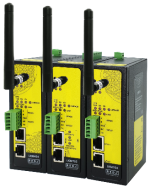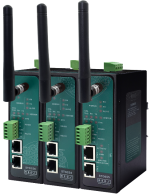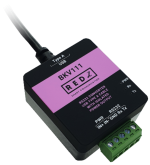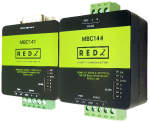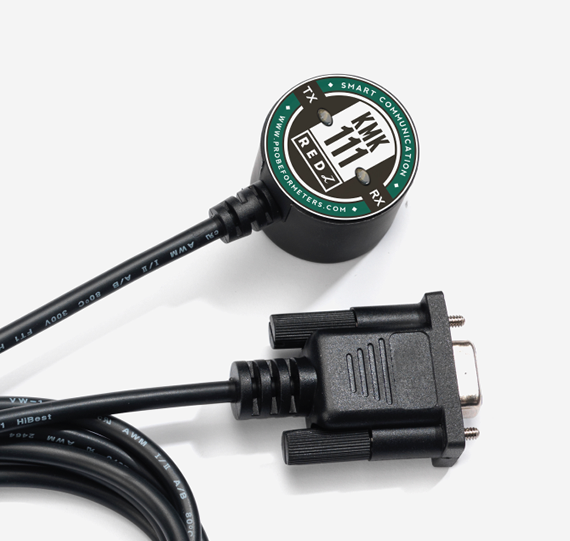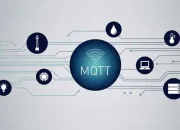1. Introduction
As the Internet of Things (IoT) continues to grow, the demand for efficient, lightweight, and reliable communication protocols becomes essential. One of the most popular protocols meeting these demands is MQTT (Message Queuing Telemetry Transport). Developed by IBM in 1999, MQTT is now widely adopted for connecting low-power devices in IoT networks due to its simplicity and minimal resource requirements.
2.What is MQTT?
MQTT is a publish/subscribe-based messaging protocol designed for lightweight communication between devices. Unlike traditional point-to-point messaging systems, MQTT uses a broker that mediates between clients, making it highly efficient and scalable, especially in environments with limited bandwidth or high latency.
Key Features of MQTT:
1. Lightweight and Efficient: MQTT minimizes network traffic by using small data packets, making it ideal for IoT devices with limited processing power and memory.
2. Publish/Subscribe Model: Unlike request/response protocols like HTTP, MQTT allows devices (clients) to publish messages to a central broker, which then distributes them to subscribed devices. This decoupling of clients improves system flexibility and scalability.
3. Reliable Communication: MQTT provides three levels of Quality of Service (QoS):
o QoS 0: At most once – messages are delivered once, without confirmation.
o QoS 1: At least once – messages are guaranteed to arrive but may be duplicated.
o QoS 2: Exactly once – the highest level of message delivery, ensuring no duplicates and no message loss.
4. Small Code Footprint: With a minimal protocol overhead, MQTT is suitable for resource-constrained devices such as sensors, microcontrollers, and embedded systems.
3.How MQTT Works:
MQTT operates over TCP/IP and uses a client-broker architecture. Here’s how it works:
• Publisher: A device that sends messages (data) to the broker.
• Subscriber: A device that listens for messages from the broker.
• Broker: The central server responsible for managing message traffic, ensuring messages are delivered to the appropriate subscribers.
When a publisher sends a message, it includes a topic, a simple string that categorizes the message. Subscribers interested in specific topics receive the messages that match their subscriptions.
For example:
• Publisher A sends a message with the topic home/temperature.
• Subscriber B subscribes to the topic home/temperature.
• The broker ensures Subscriber B receives any messages published to home/temperature.
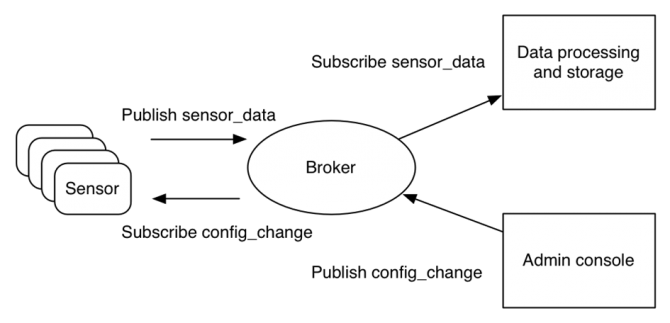
Reference: https://developer.ibm.com/articles/iot-mqtt-why-good-for-iot/
4.Where to Use MQTT
Due to its lightweight design and efficiency, MQTT is best suited for scenarios where devices have limited resources or where bandwidth is constrained. Some common use cases include:
1. Smart Homes: MQTT connects home devices like lights, thermostats, and security systems, allowing users to automate and remotely control them.
2. Healthcare: Wearable devices and health sensors can send real-time data to healthcare providers using MQTT, improving patient monitoring and care.
3. Industrial IoT: Factories use MQTT to monitor equipment, track production data, and optimize operations by connecting sensors and machines.
4. Agriculture: Smart farming systems use MQTT to monitor soil conditions, weather, and crop health, enabling farmers to make informed decisions.
5. Remote Monitoring: MQTT is ideal for monitoring remote environments where a reliable and continuous connection cannot be guaranteed, such as oil rigs or environmental sensors.
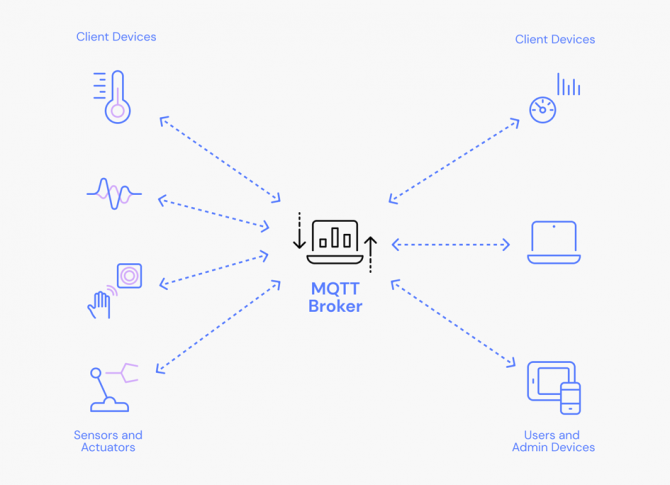
Reference: https://www.catchpoint.com/network-admin-guide/mqtt-broker
5. Where Not to Use MQTT
While MQTT is efficient and widely used, there are scenarios where it might not be the best choice:
1. High-Latency Networks: MQTT is designed for low-latency networks and may struggle in environments with very high latency, where message delivery times could be delayed, affecting real-time communication.
2. Large File Transfers: MQTT is not designed for transmitting large files or high-volume data streams like multimedia content. Protocols like FTP or HTTP are better suited for such use cases.
3. Critical Command and Control Systems: In applications where immediate and guaranteed message delivery is crucial (e.g., real-time control systems for autonomous vehicles), MQTT’s lightweight nature may not provide the required reliability, despite its QoS settings. Systems requiring ultra-reliable delivery might prefer more robust, real-time protocols like DDS (Data Distribution Service).
4. Non-TCP/IP Networks: MQTT relies on TCP/IP. For devices or networks that do not support TCP/IP, MQTT may not be compatible. Other protocols like CoAP (Constrained Application Protocol) may be more suitable for such cases.
5. High Security Requirements: While MQTT can be made secure through TLS encryption and authentication, it lacks built-in security mechanisms. For environments with stringent security requirements, MQTT may need to be paired with additional security layers, or other protocols with built-in security might be preferred.
6. MQTT Security Considerations
As MQTT is widely used in IoT, ensuring secure communication is critical. However, the base protocol does not include native security features. Security can be added by:
• Using TLS for encrypted communication between clients and brokers.
• Implementing authentication using username and password pairs, or client certificates.
• Access Control: Brokers can control which clients can publish or subscribe to specific topics.
7. Conclusion
MQTT’s simplicity, lightweight nature, and efficient publish/subscribe architecture have made it one of the leading communication protocols for IoT applications. However, understanding its limitations and when not to use it is crucial for selecting the right communication tool for your project. From smart homes to industrial automation, MQTT facilitates seamless communication across devices, enabling the future of connected systems.


